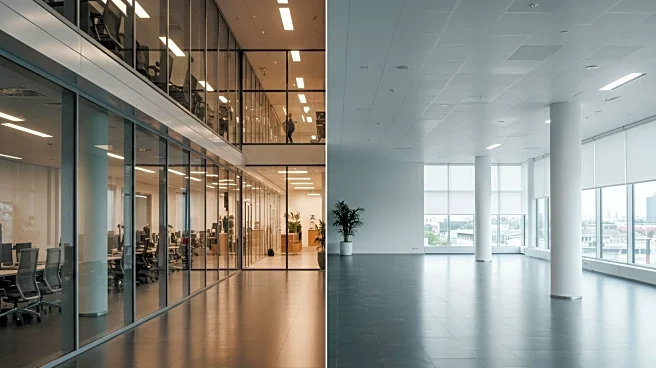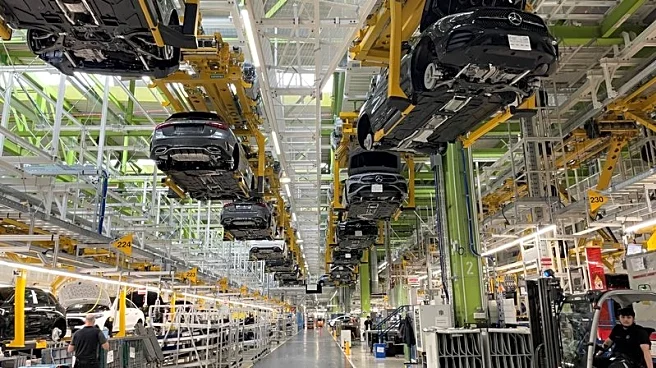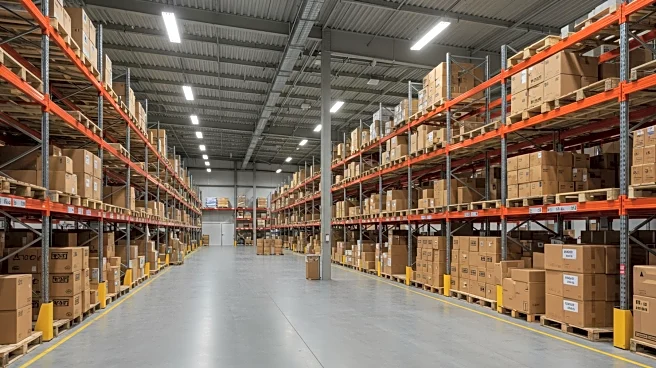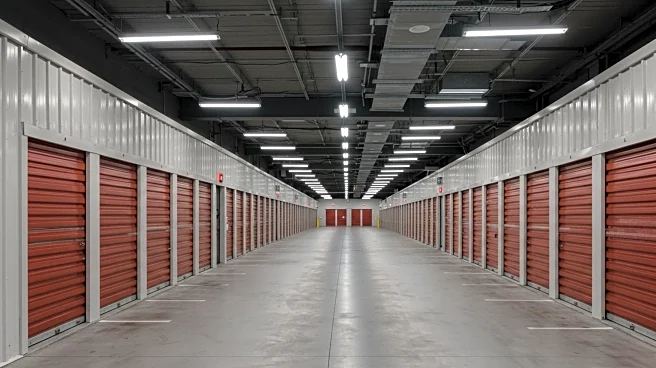What's Happening?
The CBRE U.S. Hotels State of the Union report for August 2025 highlights a decline in revenue per available room (RevPAR) across most hotel markets, with only 35% posting increases. Despite a 0.4% growth in average daily rate (ADR), occupancy fell by 1.7%, leading to a year-over-year decrease in RevPAR. Luxury chains were the exception, experiencing a 2.8% increase in RevPAR. The report also notes a reduction in GDP growth forecasts for 2025 and 2026, alongside expectations of sustained inflationary pressures. Employment growth continues, but real disposable income growth is falling, impacting consumer travel spending.
Why It's Important?
The decline in RevPAR signals potential challenges for the U.S. hotel industry, as economic factors such as inflation and reduced GDP growth forecasts may continue to pressure profits and margins. While luxury chains show resilience, other segments face difficulties, which could affect investment and development strategies. The broader economic context, including employment and income trends, suggests that consumer spending on travel may not accelerate, impacting hotel revenues. Stakeholders in the hospitality sector must navigate these economic conditions to maintain profitability.
What's Next?
As inflation persists and GDP growth remains subdued, hotel operators may need to adjust pricing strategies and operational efficiencies to sustain margins. The industry could see shifts in investment focus, particularly towards luxury segments that are currently outperforming. Monitoring economic indicators and consumer behavior will be crucial for stakeholders to adapt to ongoing challenges. Additionally, the report suggests that margins may continue to be under pressure through 2026, necessitating strategic planning to mitigate financial impacts.












